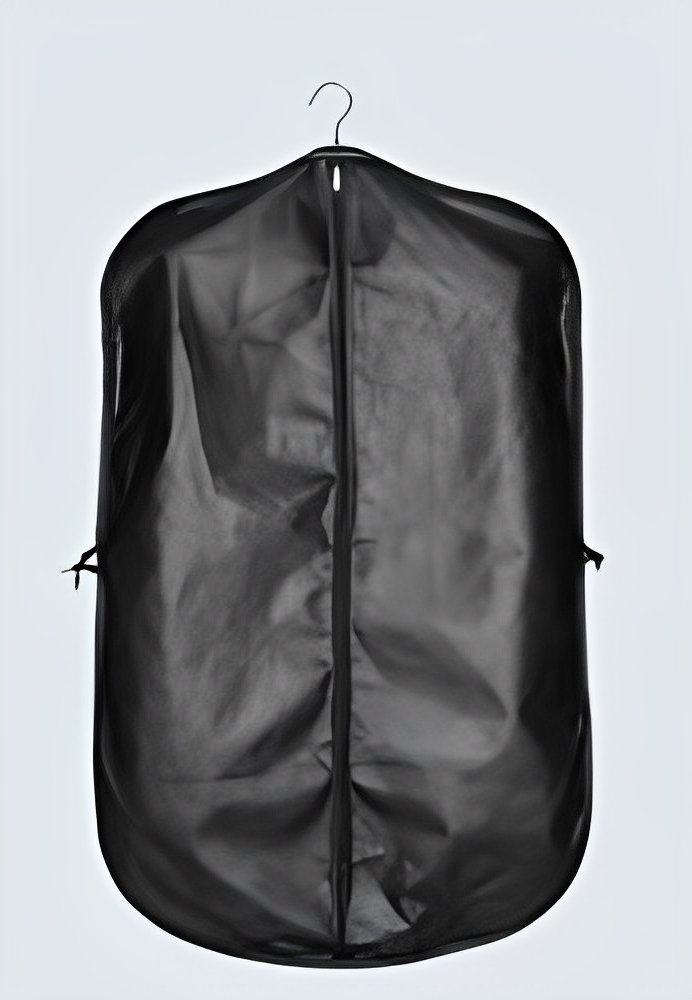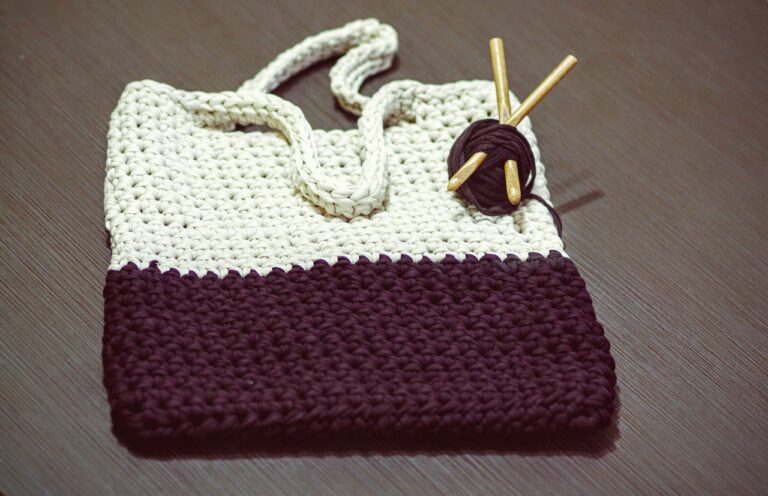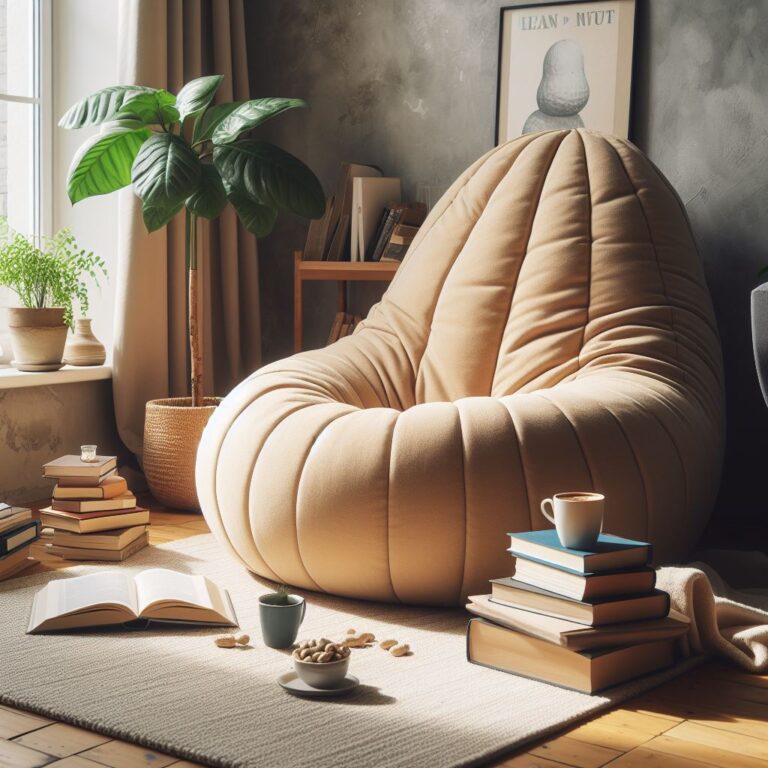How to Store Designer Bags: Preserving Your Investment
When it comes to luxury handbags, proper storage is essential to maintain their value and keep them in pristine condition. Whether you own a Hermes Birkin, a Chanel Classic Flap, or a Gucci Dionysus, these designer bags require special care and attention. In this comprehensive guide, we will explore How to Store Designer Bags to ensure their longevity and protect your investment.
Understanding How to Store Designer Bags
Luxury handbags are crafted from delicate materials such as lambskin, goatskin, suede, tweed, and exotic skins like crocodile and python. Each material requires specific care to maintain its appearance and structure. By properly storing your designer bags, you can protect them from dust, humidity, and UV damage, preserving their beauty for years to come.
Material Matters
Different materials demand different storage techniques. Leather bags should be gently wiped with a microfiber cloth and a leather cleaner. Suede and fur bags can be cleaned with a specialty brush, while fabric bags can be refreshed with a lint roller. It’s essential to clean both the exterior and interior of your bag before storing it.
Brand Preservation
Luxury brands often provide accessories like authenticity cards, care instructions, and dust bags with their handbags. These items contribute to the bag’s overall value and authenticity. Always keep the dust bag provided by the brand to protect your bag from dust and maintain its condition.

Value and Emotional Connection
Designer bags are not just financial investments; they hold sentimental value as well. Proper storage ensures that your bags retain their worth and preserves the memories associated with them. By taking care of your bags, you demonstrate your commitment to cherishing these precious possessions.
Ideal Conditions for Designer Handbag Storage
To maintain the quality of your designer handbags, it’s crucial to store them in the right conditions. Here are some factors to consider for ideal storage:
Temperature and Humidity Control
Maintain a temperature of 16 to 24 degrees Celsius in your storage area. Excess moisture can damage delicate materials, so aim for a humidity level of 30-40%. Use a dehumidifier if you live in a humid climate or place silica gel packets in your storage space to absorb excess moisture.
Related: How to Store a Louis Vuitton Bag
Protect from Sunlight and Harsh Lighting
Direct sunlight and harsh artificial lighting can cause color fading and leather dryness. Store your bags away from windows and opt for low-light environments. If you choose to display your bags, rotate them frequently to minimize sun exposure.
Dust and Dirt Prevention
Dust and dirt can accumulate on your bags over time, so it’s essential to store them in dust bags or in their original boxes. Avoid open shelves or hanging your bags, as they can attract more dust. Regularly dust your storage area to minimize the risk of particles settling on your bags.
Maintaining the Bag’s Shape
Preserving the shape of your handbags is crucial to their overall appearance. Avoid storing bags in a way that causes them to sag or lose their structure. Use tissue paper, bubble wrap, or bag inserts to stuff your bags and maintain their shape while in storage.
Proper Placement
Store your bags in a location where they have enough space to stand upright or lie flat, depending on their structure. Avoid stacking bags on top of each other or squeezing them tightly together. Straps should be tucked inside the bags to prevent imprints or distortion.
Preparing Your Luxury Bags for Storage
Before storing your designer bags, it’s essential to prepare them properly. Follow these steps to ensure your bags are in pristine condition:

Clean the Exterior and Interior
Clean the outside of your bag using appropriate materials for the specific material (e.g., leather cleaner, suede brush, lint roller).
Wipe the interior to remove any debris or residue. Empty the contents of your bag, ensuring that no items that could damage the bag are left inside.
Maintain the Bag’s Shape
Stuff your bags with tissue paper, bubble wrap, or bag inserts to preserve their shape. Avoid overstuffing, as it can stretch the leather. For bags with chain straps, tuck the straps inside the bag to prevent imprints or damage.
Use Dust Bags or Boxes
Place your bags in their original dust bags or find suitable alternatives if they are missing. Alternatively, you can store them in boxes slightly larger than the bag’s size. Make sure to leave the straps outside the bag if using a dust bag to prevent imprints.
Different Storage Options for Designer Bags
Storing your designer bags can be done in various ways depending on your preferences and available space. Here are a few storage options to consider:
Shelving
Shelves provide a visually appealing display for your bags and allow for easy access. Opt for adjustable shelves to accommodate bags of different sizes. Consider labeling each shelf or using post-it notes to keep track of the bags stored.
Hooks
Hooks can be a space-saving solution, especially for bags with sturdy straps or handles. Ensure that the hooks are padded and rounded to prevent strain or damage to the handles. Rotate your bags regularly to avoid prolonged stress on specific areas.
Cubbies and Bins
Cubbies and bins are ideal for organizing smaller bags and preventing them from touching each other. Use clear bins to easily identify each bag. Labeling can also help you quickly locate a specific bag.
Dusting and Airing Out Your Bags
Regular maintenance is essential to keep your bags in top condition. Here are two crucial steps you should incorporate into your routine:
Dusting
Regularly dust your storage area to minimize the accumulation of dust particles on your bags. Use a soft cloth or a feather duster to gently remove any dust from the surface.
Airing Out
Take your bags out of storage every few months to allow them to breathe. Air them out in a well-ventilated room for at least 24 hours. This step is particularly important if you live in a humid climate, as it helps prevent mold or mildew growth.
FAQ
Q: Can I store my designer bags in their original boxes?
Yes, storing your bags in their original boxes can be an effective way to protect them from dust and maintain their shape. Just make sure the boxes are slightly larger than the bags to avoid deformation.
Q: How often should I clean my designer bags?
It’s a good practice to clean your bags before storing them and periodically throughout their use. How often you clean them depends on factors such as the frequency of use, environmental conditions, and the bag’s material. Regularly inspect your bags and clean them as needed to maintain their condition.
Q: Is it necessary to stuff bags with tissue paper even if they have a structured shape?
Yes, stuffing bags with tissue paper or other suitable materials is recommended even if they have a structured shape. This helps preserve the bag’s form and prevents it from sagging or losing its shape over time.
Q: Can I hang my bags on hooks?
While hooks can be a convenient storage option, it’s best to avoid hanging your bags for extended periods. Hanging bags can lead to distortion or stretching of the handles and straps. If you choose to hang your bags, make sure the straps are supported and not under excessive tension.
Conclusion
Proper storage is crucial for preserving the value and condition of your designer bags. By following the guidelines outlined in this comprehensive guide, you can ensure that your investment pieces remain in top shape for years to come. Remember to clean your bags before storing them, maintain the proper environment, and take necessary precautions to protect their shape and material. With the right storage techniques, your designer bags will continue to bring joy and style to your life.






